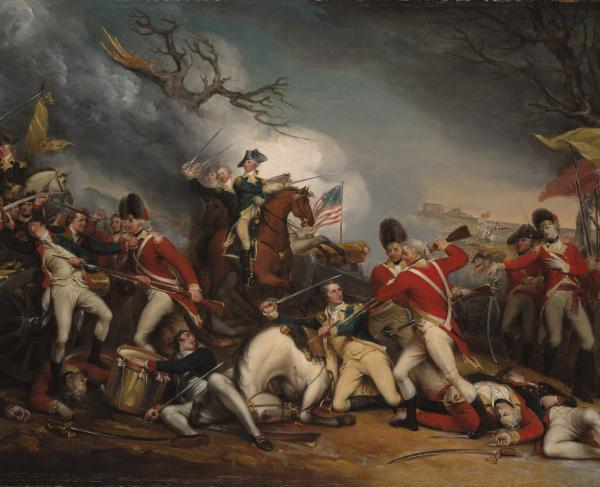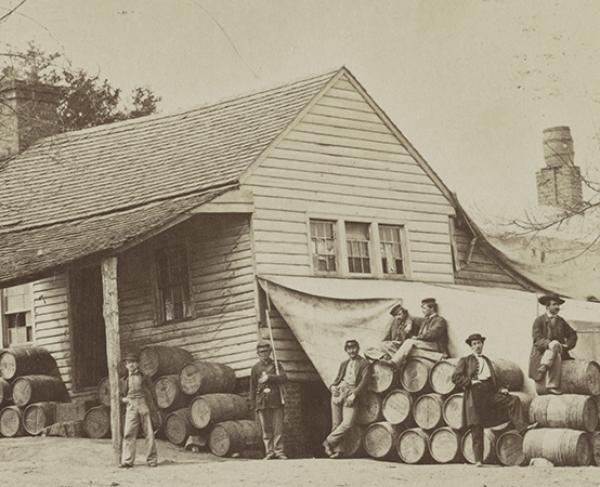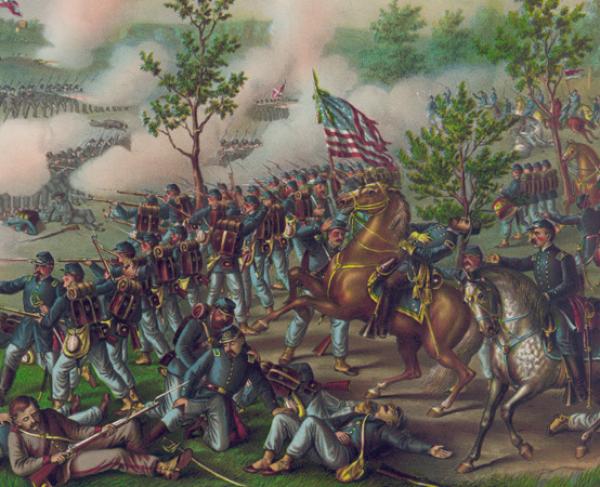The Atlanta Campaign
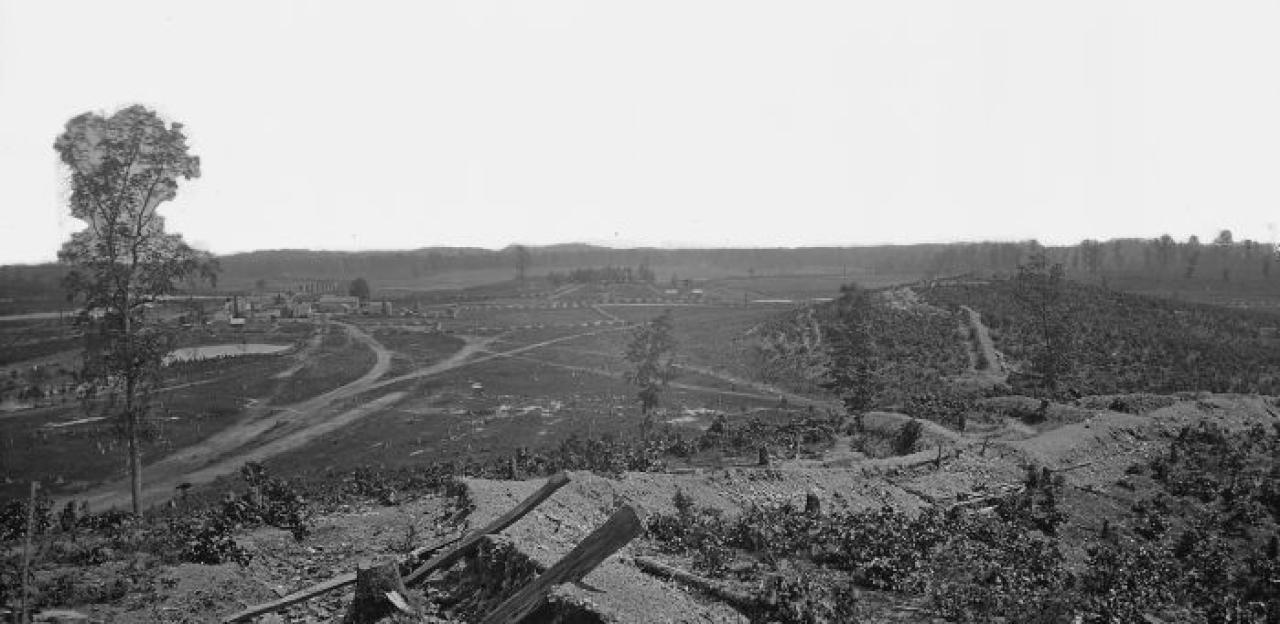
In early May, 1864, Federal forces under Maj. Gen. William T. Sherman began battling the Confederate Army of Tennessee. At stake was Atlanta, major manufacturing center and railroad hub. Sherman had 110,000 men in three armies around Chattanooga. Facing them at Dalton, eighty miles north of Atlanta, Gen. Joseph E. Johnston had 53,800 officers and men present for duty. Within the month the Confederates received 15,000 reinforcements, making Johnston's army at the time the South's largest. Despite his large numbers, Johnston's plan hinged on taking a strong defensive position and waiting for the enemy to attack him.
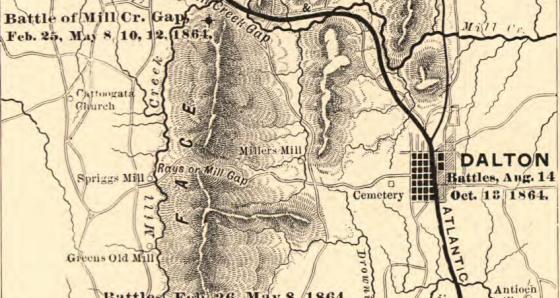
Sherman enjoyed numerical superiority, but he did not use it in blunt frontal attacks as Grant was doing against Lee in Virginia. Rather, he used Maj. Gen. George H. Thomas' Army of the Cumberland and Maj Gen. John M. Schofield's Army of the Ohio to demonstrate against the Rebel lines, while he sent Maj. Gen. James B. McPherson's Army of the Tennessee to maneuver around Johnston's left flank and threaten his supply line, the Western & Atlantic Railroad. This worked repeatedly throughout the campaign, beginning at Rocky Face Ridge, from which Johnston retreated May 12.
While the two armies traded short, sharp attacks at Resaca May 14-15, McPherson crossed the Oostanaula River and Johnston retreated again. After Johnston's failed attempt to attack Sherman's army at Cassville on May 19, the front shifted across the Etowah River to the area of Dallas-New Hope Church-Pickett’s Mill, where inconclusive fighting occurred May 25-28. Johnston dug in at Kennesaw Mountain, repelling Sherman's assaults June 27 before being flanked again. Approaching the Chattahoochee River, Sherman feinted right and got troops across upstream. The Southern army retreated toward Atlanta July 9-10.
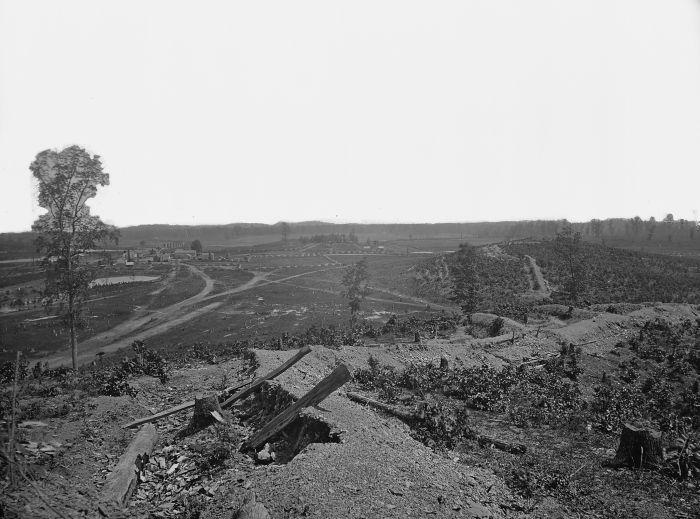
Alarmed at Johnston's loss of territory and his failure to attack Sherman, President Jefferson Davis relieved Johnston, and replaced him with Lt. Gen. John B. Hood. The change occurred July 18, by which time the Northern forces, numbering around 80,000, were just five miles outside of Atlanta.
Hood's army of 50,000 men, pinned in Atlanta's fortifications, faced difficult odds, but Hood fulfilled the administration's wish that Atlanta not be given up without a fight. On July 20, Hood unsuccessfully attacked Thomas' army north of the city at Peach Tree Creek. Two days later, east of Atlanta, Hood sent Lt. Gen. William J. Hardee's corps in a flank attack every bit as audacious as Stonewall Jackson's at Chancellorsville. Union army commander McPherson was killed in the fighting there, the bloodiest battle of the campaign. Although Hood came closer to victory than at any other time, the Confederates were ultimately repulsed.
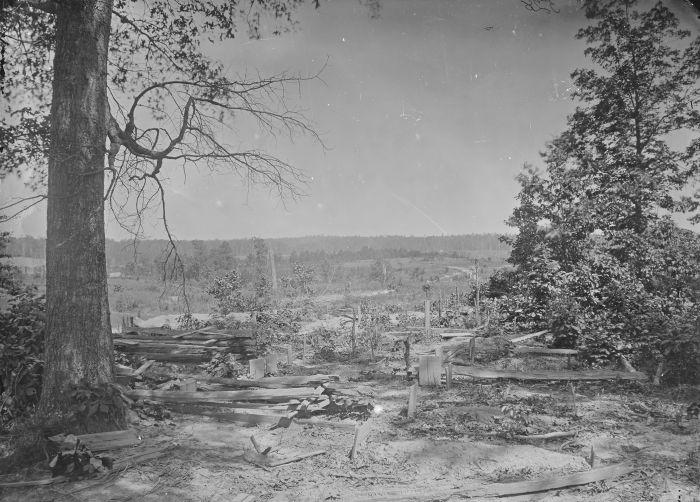
Sherman did not intend to assault the strong earthworks surrounding Atlanta, but planned to capture the city by cutting its railroads and starving Hood out. Union troops had cut the line running east to Augusta, and cavalry in Alabama had damaged the line to Montgomery. Only the Macon & Western Railroad kept Hood's army supplied. Sherman's movements west of the city to cut that railroad led to battles at Ezra Church July 28 and Utoy Creek August 5-7. As Hood extended his lines during August, Sherman's artillery bombarded the city and its several thousand remaining residents. Federal cavalry raids aimed at cutting the Macon & Western Railroad failed dismally. Around this time, Hood sent Maj. Gen. Joseph Wheeler and his cavalry into north Georgia and Tennessee to cut Sherman's rail lines; they also failed.
Finally, on August 25, Sherman sent most of his infantry corps on a wide swing toward Jonesboro, 17 miles south of Atlanta, determined to cut the railroad. Union troops reached it on August 31. With their arrival and victory there, the last life line to Atlanta was effectively cut. Hood was forced to abandon Atlanta on the night of September 1, and the city surrendered to Federal forces the following morning.
Battle casualties for the four-month campaign totaled approximately 34,500 for the North and about 35,000 for the South. Sherman's capture of Atlanta was a major blow to the Confederacy, all but assuring President Abraham Lincoln's re-election two months later, and setting the stage for Sherman's March to the Sea.
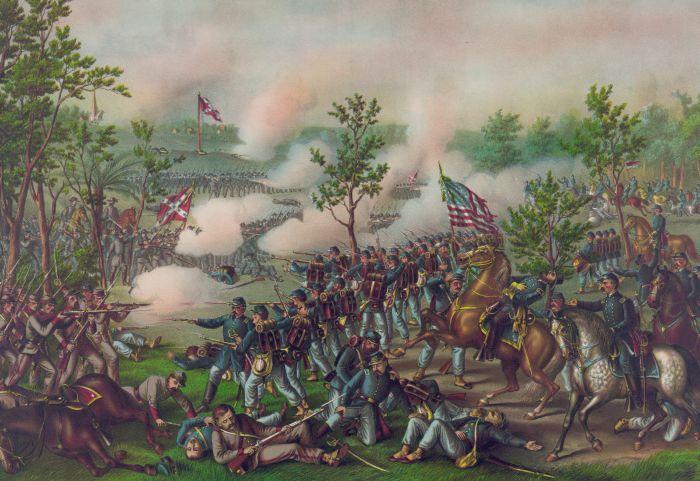
Learn More: The Atlanta Campaign
Related Battles
1,149
2,000
3,000
1,000
1,665
400
1,600
500
2,747
2,800
837
600
